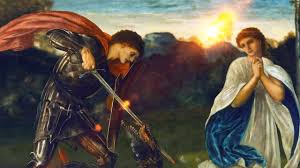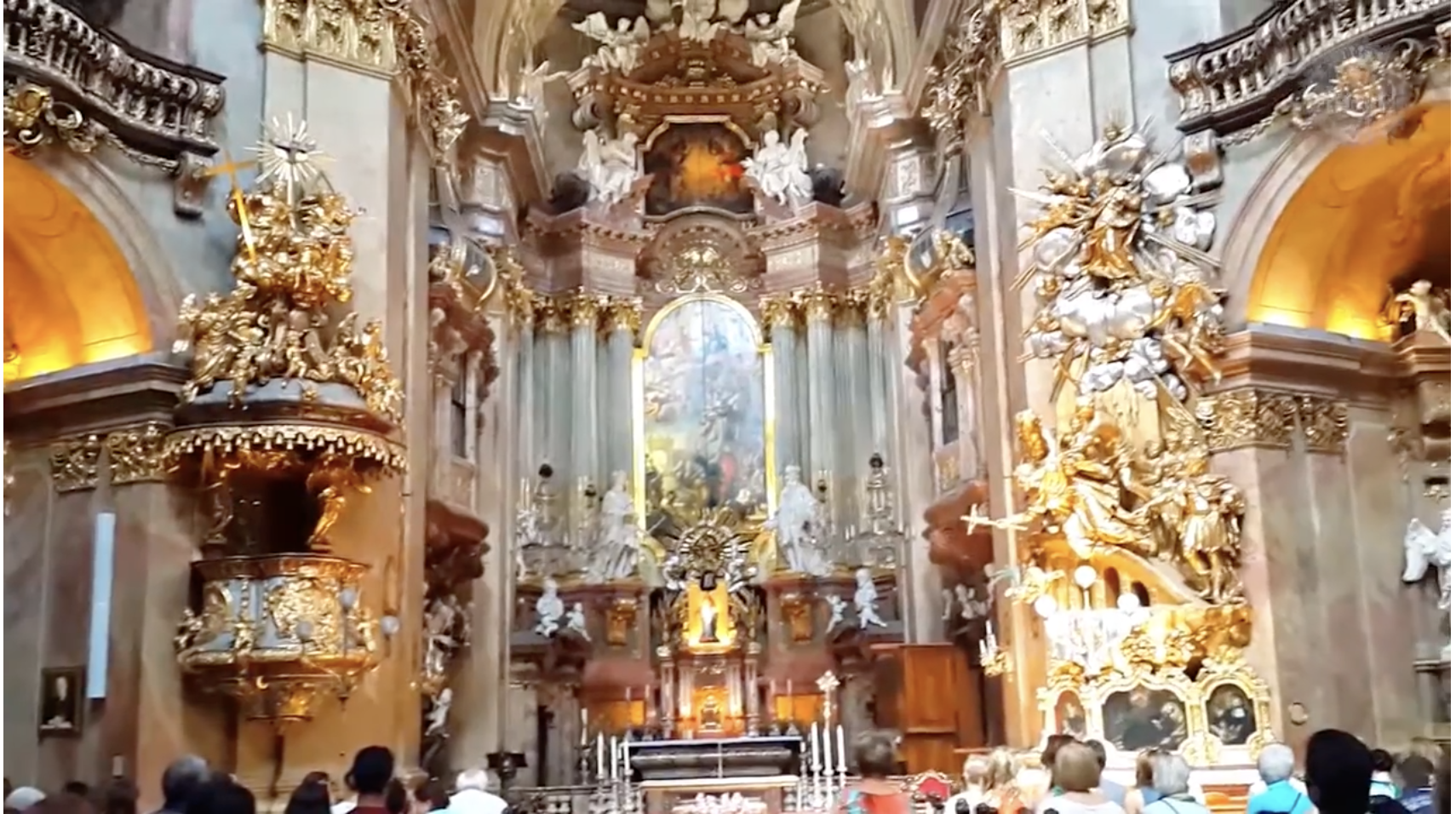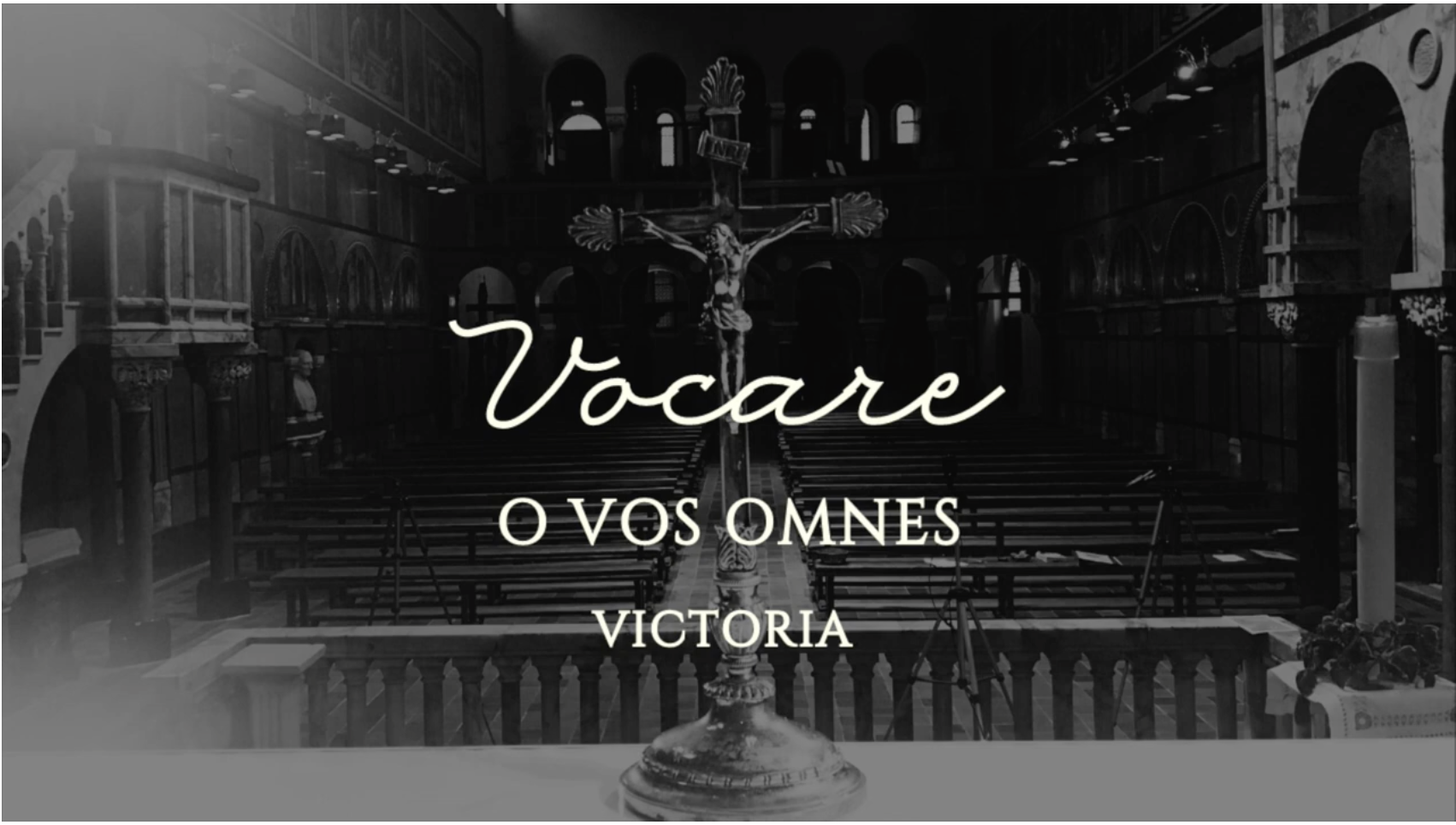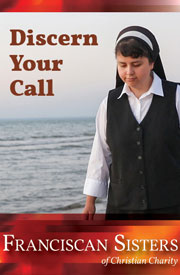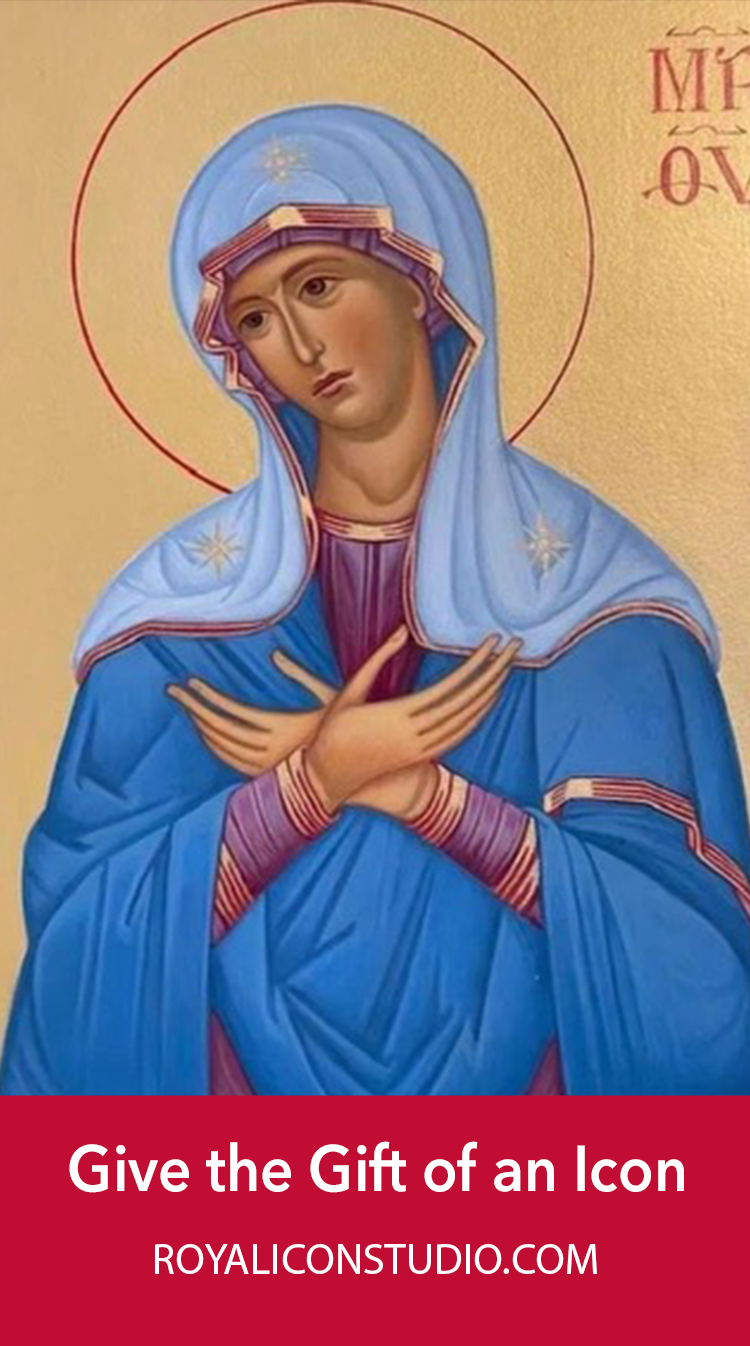On Divine Mercy Sunday in 2014 (April 27th), Pope Francis canonized two of his predecessors, John XXIII and John Paul II. Ten years later, has the Holy Father turned to John Paul in his time of need?
Many devotees of St. John Paul the Great – the title of one of Pope Francis’ interview books, by the way – were terribly disappointed at the rather low-key approach the Holy Father took at the canonization, briefly mentioning the two popes only in reference to his Synod on the Family. The canonization date was also the 75th birthday of Cardinal Stanisław Dziwisz, John Paul’s longtime secretary, just sitting yards away. Pope Francis took no note of it.
It was a mistake to read too much into the underwhelming homily. In the years since, it has become evident that taking little note of the saints is typical for the Holy Father. In 2019, he canonized the “Mother Teresa of Brazil,” Sister Dulce Lopes Pontes, without even mentioning her name. So famous was she that John Paul visited her in the hospital during a trip to Brazil.
The odd relationship of Francis to John Paul was evident early on. One would expect hurrahs and hosannas from the former about the latter, given that it was the latter who rescued the former from his Jesuit exile in Córdoba.
By 1990, the Argentinian Jesuits, tired of Father Jorge Bergoglio’s divisiveness in the community, sent him 500 miles north of Buenos Aires to tend to elderly Jesuits and hear confessions in Córdoba. Had it been up to his Jesuit confreres, Fr. Bergoglio would likely have spent the next ten years teaching high school chemistry somewhere. Instead, John Paul ended the exile and returned him to Buenos Aires as the auxiliary bishop. Six years later, he was the archbishop. Exile and estrangement from the Jesuits were likely counted as good references in Rome.
Yet Pope Francis took an odd distance upon his election as pope. When it came time to announce the miracle necessary for the canonization of John Paul, it was done on the same day as the encyclical Lumen fidei was released. And that Francis and Benedict XVI appeared together for the first time at a Vatican event. Francis stepped on the John Paul story with a pile driver.
Moreover, in waiving the miracle requirement for John XXIII so that he could be canonized alongside John Paul II, Pope Francis invited the supposition that he desired to dilute the focus on John Paul alone.
Symbols would soon give way to a seeming desire to set aside some of John Paul’s signature achievements.
The landmark encyclical Veritatis splendor – one of the most consequential in the last century – became the document that didn’t bark under Francis. Amoris laetitia, among the longest papal documents in history, included not a single reference to Veritatis splendor in its 400+ citations. Despite Chapter 8 of Amoris laetitia being in apparent contradiction with the principles of Veritatis splendor, the latter was simply treated as if it did not exist.
If, as widely reported, Archbishop Víctor Manuel Fernández – one of the first episcopal appointments Pope Francis made in Argentina – was the principal drafter of Amoris laetitia, that, logically, would follow. Fernández had publicly been at odds with the teaching of Veritatis splendor, so much so that when Cardinal Bergoglio proposed him as rector of the Catholic University of Argentina, the Vatican refused approval. Bergoglio dug in, a standoff ensued, and Fernández was eventually installed. He was elevated to be archbishop of La Plata within months of Francis’ election.
In due course, John Paul’s principal academic foundation, the JPII Institute, devoted to theological studies on marriage and the family, was reconfigured so as to reflect the approach of Amoris laetitia. It was effectively abolished.
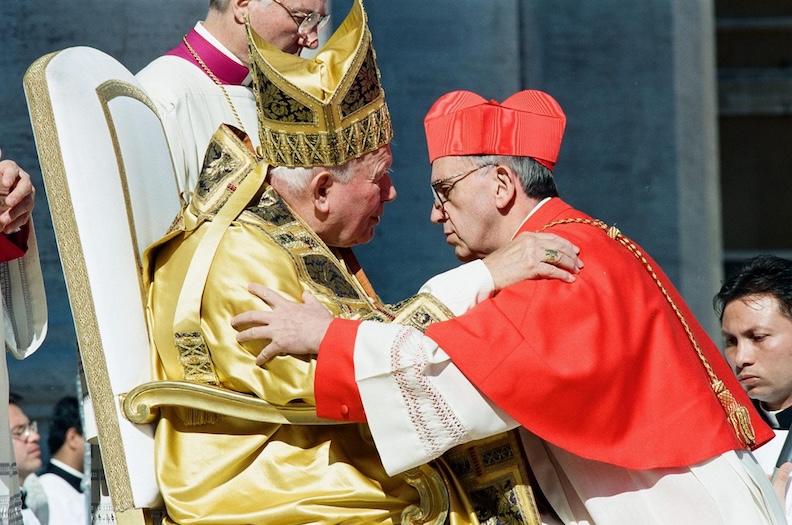
That was a particularly painful blow for those John Paul inspired, as the Institute was born from his heart and bathed in his blood. He was scheduled to announce it at the general audience of May 13, 1981, the day he was shot. The Institute survived the assassination attempt. It would not survive the man John Paul created a cardinal.
The two academies established by John Paul in 1994 – the Pontifical Academy for Life and the Pontifical Academy of Social Sciences – were put on a similar trajectory, now making news primarily when they confuse, rather than clarify, Catholic social teaching.
All of which makes the publication of Dignitas infinita (DI), the recent Declaration of the Dicastery for the Doctrine of the Faith (DDF), a curious moment. Is John Paul being enlisted in another rescue mission, as in Córdoba more than thirty years ago?
DDF prefect Cardinal Fernández’s previous declaration, Fiducia supplicans, was a major fiasco. Pope Francis granted an exemption to his magisterium for Africa, and many other bishops exempted themselves, judging the blessings for “irregular and same-sex couples” to be impossible, or at least massively imprudent.
Immediately, Cardinal Fernández began to maneuver, promising another declaration on human dignity that would mollify critics, as if the DDF was engaging in Clintonian triangulation rather than proclaiming the splendor of the veritas. Thus came Dignitas infinita earlier this month.
For the mollifying maneuver to be successful, it would be helpful to invoke the heavenly patronage of John Paul. Five of his major texts are cited, and there is this passage:
It would be a grave error to think that by distancing ourselves from God and his assistance, we could somehow be freer and thus feel more dignified. Instead, detached from the Creator, our freedom can only weaken and become obscured. The same happens if freedom imagines itself to be independent of any external reference and perceives any relationship with a prior truth as a threat. (#30)
That sounds like Veritatis Splendor, but a direct quotation would apparently be a step too far. Instead, the pope and prefect decided to use John Paul for the title: “Infinite dignity” is taken from a rather obscure source, an Angelus address at St. Peter’s Cathedral in Osnabrück, Germany on November 16, 1980.
It’s not a phrase John Paul used often. Perhaps he only used it once. The German word unendliche could be translated to mean “endless” or “without limits.” Regardless, the title was a clear stretch meant to invoke John Paul.
The title of DI was originally supposed to be Al di là di ogni circonstanza (beyond all circumstances), a line from Fratelli Tutti, the 2020 encyclical of Pope Francis. It is entirely plausible that after the Fiducia debacle, Fernández thought it wiser – or least more clever – for the Holy Father to appeal to his predecessor rather than to himself.
That’s all style rather than substance, but style matters. Indeed, the style of distancing this pontificate from that of John Paul, and specifically Veritatis splendor, was always unnecessary.
One citation does not a summer make, but perhaps Dignitas marks a spring thaw, and John Paul the Great is now the saint that can come in from the cold.
__________
You may also enjoy:
Fr. Gerald E. Murray Pope Francis Must Stop the Madness
Fr. Thomas G. Weinandy Pope Francis and Schism Re-Visited


